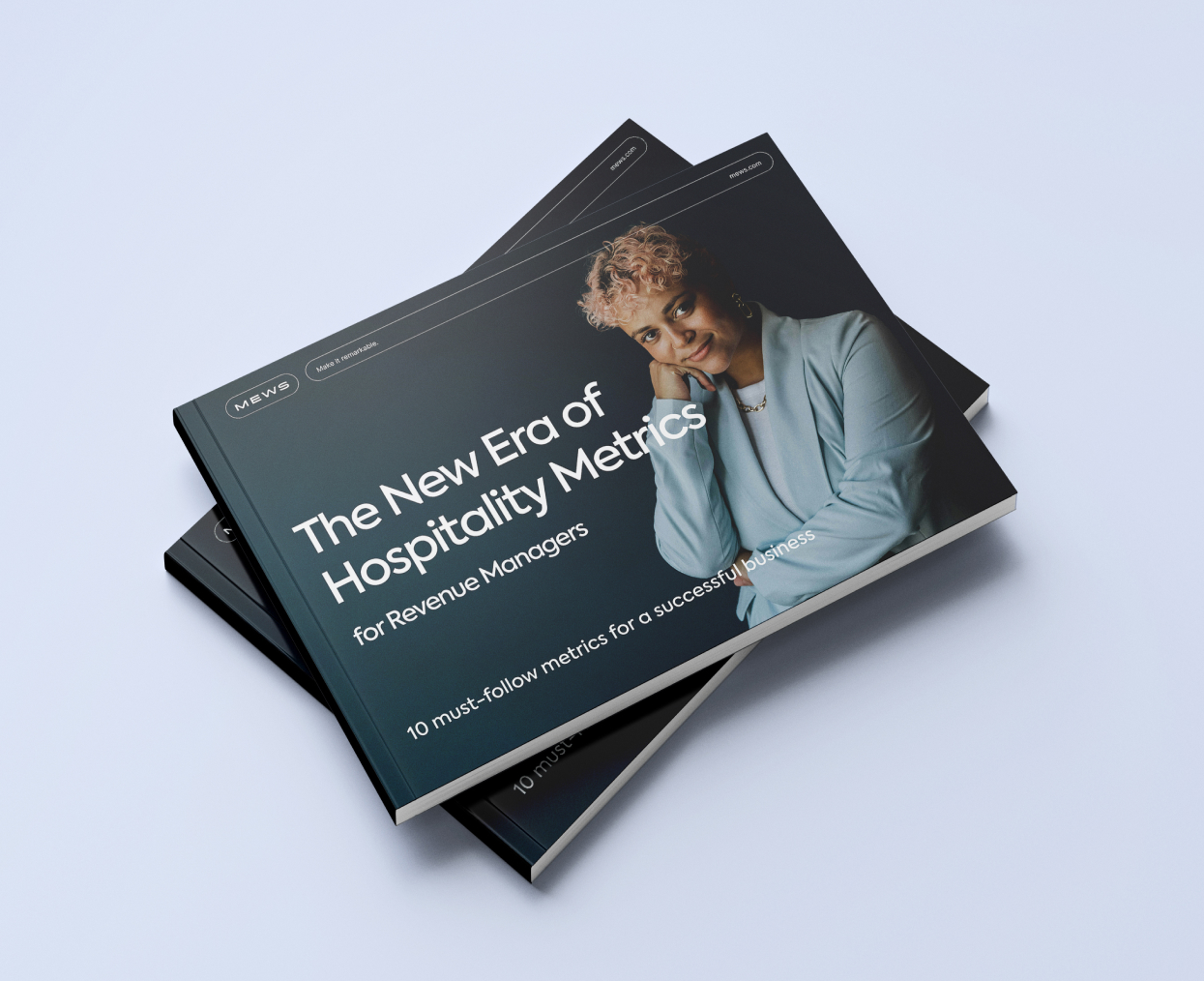In order to track hotel prices, it’s important to choose your top competitors and constantly monitor what they are doing, which allows you to stay on top of the market. A competitor-based pricing strategy helps you figure out what customers are willing to pay and to adjust your prices accordingly to beat out the competition.
In this article we will look at why it’s important to track your competitor’s prices as well as the best ways to track hotel prices on the internet.
Table of contents
Why is it important to track your competitor’s prices?
Tracking your competitor’s prices can help you establish competitive pricing strategies for your property and monitor the fluctuations in the market in order to gain insights into market trends. This way you can adjust your prices accordingly. Normally, the bigger structures are those who set the trends and then the smaller players follow suit.
By knowing what other hotels in the same market as you are charging, you can understand who your direct competitors are and use that to establish a product mix and price baseline from which to start. This way you guarantee your guests the best prices for your service, and this helps establish brand loyalty which can allow you to maximize revenues.
Nonetheless, it should be noted that competitor based pricing is not the end all pricing solution.
First of all, it’s important for a property to forecast prices based on demand when choosing the prices to set. For this reason, a small boutique hotel may not have the same pricing forecast as a big hotel who is likely to sell all their rooms. In this case there is no need to look at the competition if it is likely that using their own pricing strategy they are able to sell out their inventory.
Above all, a property’s success lies in following its own strengths and not only looking at the competition.
What are the best ways to track hotel prices on the internet?
Now that you know why it’s important to track hotel prices, let’s look at the best ways to track prices on the internet.
Rate shoppers
A rate shopper is a tool that hotels can use to automate their hotel rate comparison process. It helps hoteliers in revenue management to make intelligent pricing decisions in a quick and automated way. Rate shoppers look at the changing rates across different channels to get a better picture of what is happening in the market using live data, which can be integrated with a hotel revenue management system (RMS) to optimize pricing automatically.
Furthermore, you can use the rate shopper to compare your competitor’s pricing strategies across OTAs, which can help improve your bottom line. This is also an important part of a competitor set analysis.
Learn more about other revenue management strategies.
Google Hotels price tracking
Google Hotels has several features that are great for monitoring hotel rates. The tool allows you to compare your competitor’s current price with the average hotel price. From there, a deal icon is triggered which allows you to understand whether your competitor is offering their hotel rooms at a lower price than usual.
You can even filter to find out what hotels in the area are offering deals and try to beat them out by offering a lower or equivalent price.
Google Hotels price insight
Google also has a feature that allows you to monitor how hotel room rates fluctuate. With the price insight function you can see how prices change over time during different periods of the year, whether that be high or low season.
This way you can choose a certain period of the year and see your closest competitor’s historical prices and determine whether their prices are lower or higher than usual, and use that to compare how well your hotel is doing compared to other hotels in the area and with the same number of stars.
Together with a hotel property management system and Mews’ operations integrations, you can use this information to optimize inventories and rates for your property, including package rates and other deals that allow you to be competitive once you’ve understood the market insights.
Hotel price tracker tools
There are different rate comparison tools that allow you to track and predict prices of the competition. Hopper allows you to monitor hotel prices and sends notifications when the hotel’s price drops.
Tools like Hopper allow you to understand the fluctuations in the market and to make decisions about whether to raise or lower prices to compete against other hotels of the same characteristics.
Google Trips also offers another rate comparison tool which shows when hotel rates are higher or lower so you can adjust your rates accordingly. Both of these hotel price trackers can be used with major OTAs like Booking.com and Expedia.
Hotel rate comparison
Comparison sites such as Skyscanner, Kayak, TripAdvisor, and Trivago are powerful tools used by guests in order to get the best prices from different OTAs. You can use the information in order to understand how well your hotel’s pricing strategy stands against the OTAs. This will allow you to give guests the best rates but without underselling your property.
By monitoring when the prices on OTAs go down, you can then use this information to adjust prices to offer potential guests the best rate when guests book directly. Because they have no say over rate disparity, hotels effectively get less money when OTAs sell their hotel, which negatively affects your bottom line. That’s why it’s essential to monitor competitor prices across comparison sites.
Conclusion
In order to get the most revenue out of your rooms, you need to price your hotels intelligently. Competitor-based pricing allows you to accurately decide the price of your hotel rooms.
By offering rates that are comparable to your competitors, or low enough that they are still favorable to your property, you may be more profitable. That is of course, as long as these rates are competitive enough to contend with the competition. You can also consider increasing profits by offering superior amenities and benefits to booking at your hotel.
For revenue managers it is essential to know what rates the competition is offering in your area in order to accurately price rooms that will ultimately attract the most guests possible.
When demand is high you can price your rooms high to match the competition and earn extra revenue, or when demand is average, you can match value by pricing rooms at the same rate as the competition.
Tracking your competitor’s prices is a key practice that allows you to be competitive by choosing the ideal rate depending on the time of the year so that you can increase your hotel’s bottom line.
Want a modern revenue management cheat sheet for optimizing hotel operations?
Download our guide "The New Era of Hospitality Metrics for Revenue Managers"


2026 Hospitality Industry Outlook
Download now
Table of contents
Hospitality hot takes straight to your inbox



.webp)
